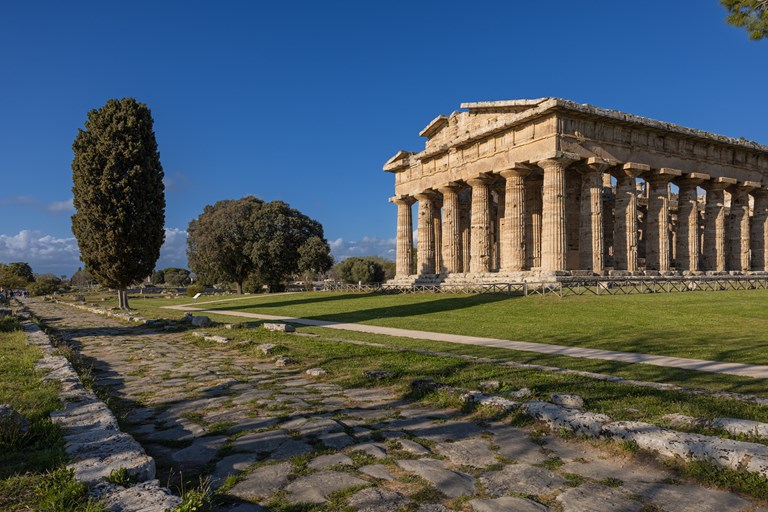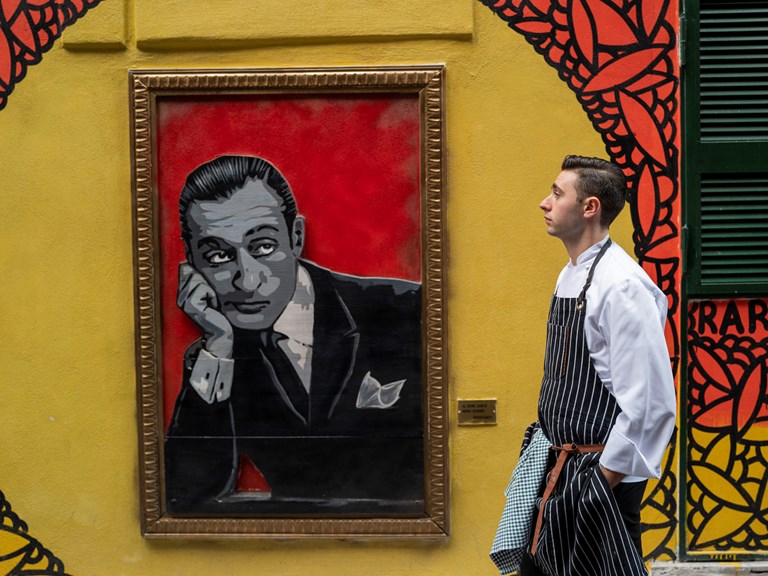WHY YOU NEED TO MAKE TIME FOR PAESTUM
11.11.2022 NAPLES & AROUND
So wrote British Italophile Norman Lewis in September 1943. Lewis had just disembarked with the US Fifth Army, as part of the Allied landings known as Operation Avalanche. Although the fight for the beachhead had resulted in heavy casualties, there was a lull in hostilities around evening and Lewis and his companions were able to catch their first glimpse of the Greek temples of Paestum, flaring up at sunset just a couple of fields away from the Allied perimeter.
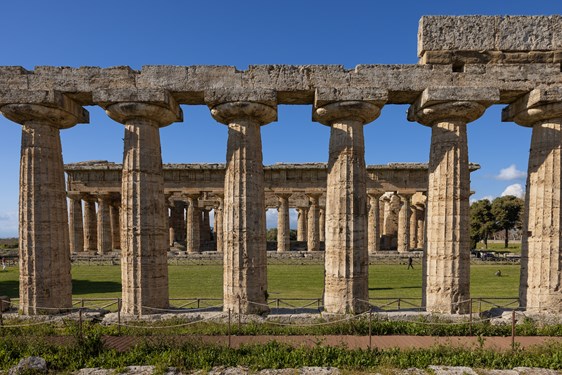
View
Today’s visitor may not arrive in such a dramatic fashion, but the vision of these magnificent apricot-hued sacred buildings looming above the flat grasslands around the mouth of the Sele river, with their water buffaloes and mozzarella di bufala dairies, is still a humbling experience.
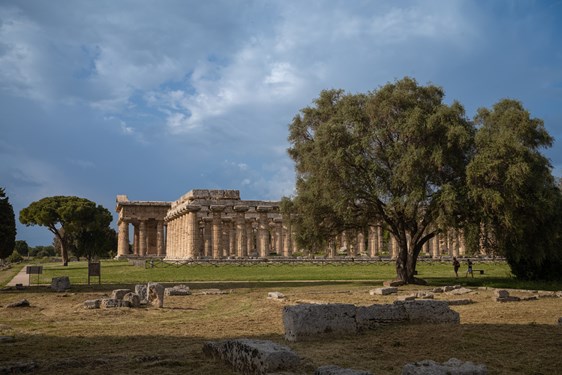
View
Paestum is a remarkable site, both for the state of preservation of its three temples – dating from between 600 and 450 BCE – and for the quality of the artefacts found there, which paint a picture of an ancient Greek city that was also a cultural melting pot, where Italic tribes and other Mediterranean cultures mingled and exchanged ideas, merchandise, recipes, religious cults and iconography.
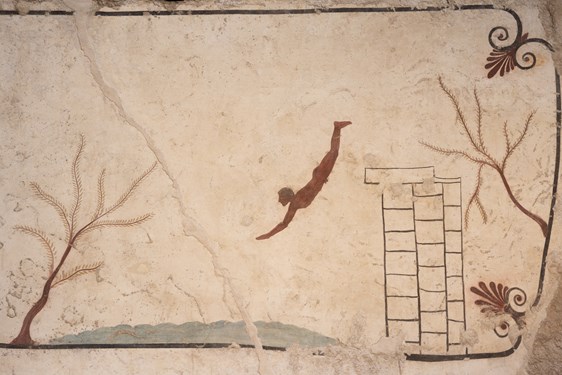
View
Although excavations of the site began under the Bourbons in the 18th century, large swathes remained unexplored, and it was not until June 1968 that a routine dig unearthed one of the most extraordinary ancient paintings that has ever come to light: a delicate fresco of a young man diving into the sea. Painted on the underside of the slab of limestone that seals a grave that would thereafter be known as the Tomb of the Diver, it is a work of enduring mystery. No comparable scene has ever been found, and interpretations of its significance abound, though most scholars agree that the graceful diver is a symbol for a passage to the otherworld after death.
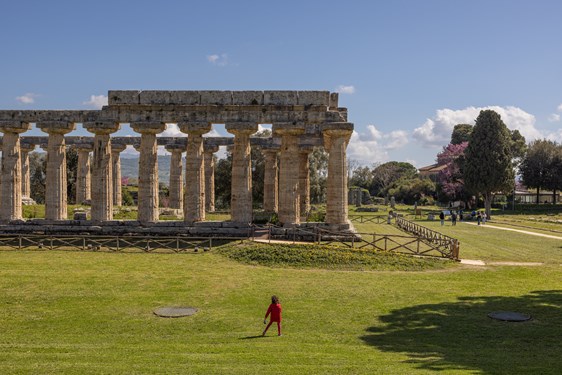
View
Since the spring of 2022, the UNESCO-listed archaeological park that takes in Paestum and the nearby site of Velia has been directed by Dr Tiziana D’Angelo. A native of Milan who first became a regular visitor to Paestum while researching the site’s funerary paintings for a doctorate at Harvard, the 39-year-old D’Angelo is one of the youngest directors of a major Italian cultural institution. Her first summer in charge saw record numbers of visitors flock to Paestum and Velia – the lesser-known hilltop site near Paestum that was the birthplace of philosophers Parmenides and Zeno.
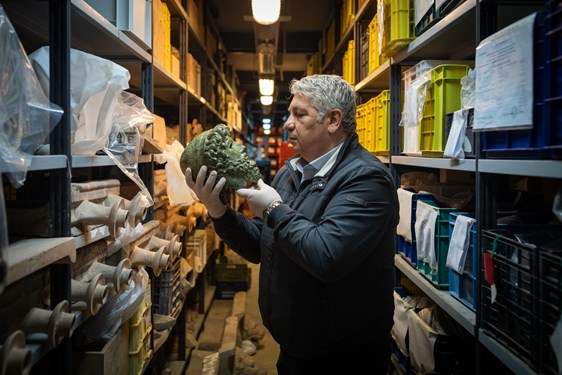
View
Among other inititatives, D’Angelo has revived a project launched by her predecessor, Gabriel Zuchtriegel, who currently runs the archaeological park of Pompeii. Called ‘Beyond the Museum – Storeroom Stories’, it allows visitors who book ahead to visit the ‘depositi’ where hundreds of thousands of finds unearthed at Paestum are stored. Some will eventually find their way into the on-site museum, but others never achieve the glory of being put on display, despite their artistic or archaeological value, as there just isn’t enough space. “Visiting the storerooms”, D’Angelo states, “is a unique opportunity, because it allows people to enter the engine room of a complex, fascinating cultural machine, to explore its many secrets and enter into dialogue with those who work here”.
Photos © Roberto Salomone
Le Sirenuse Newsletter
Stay up to date
Sign up to our newsletter for regular updates on Amalfi Coast stories, events, recipes and glorious sunsets
